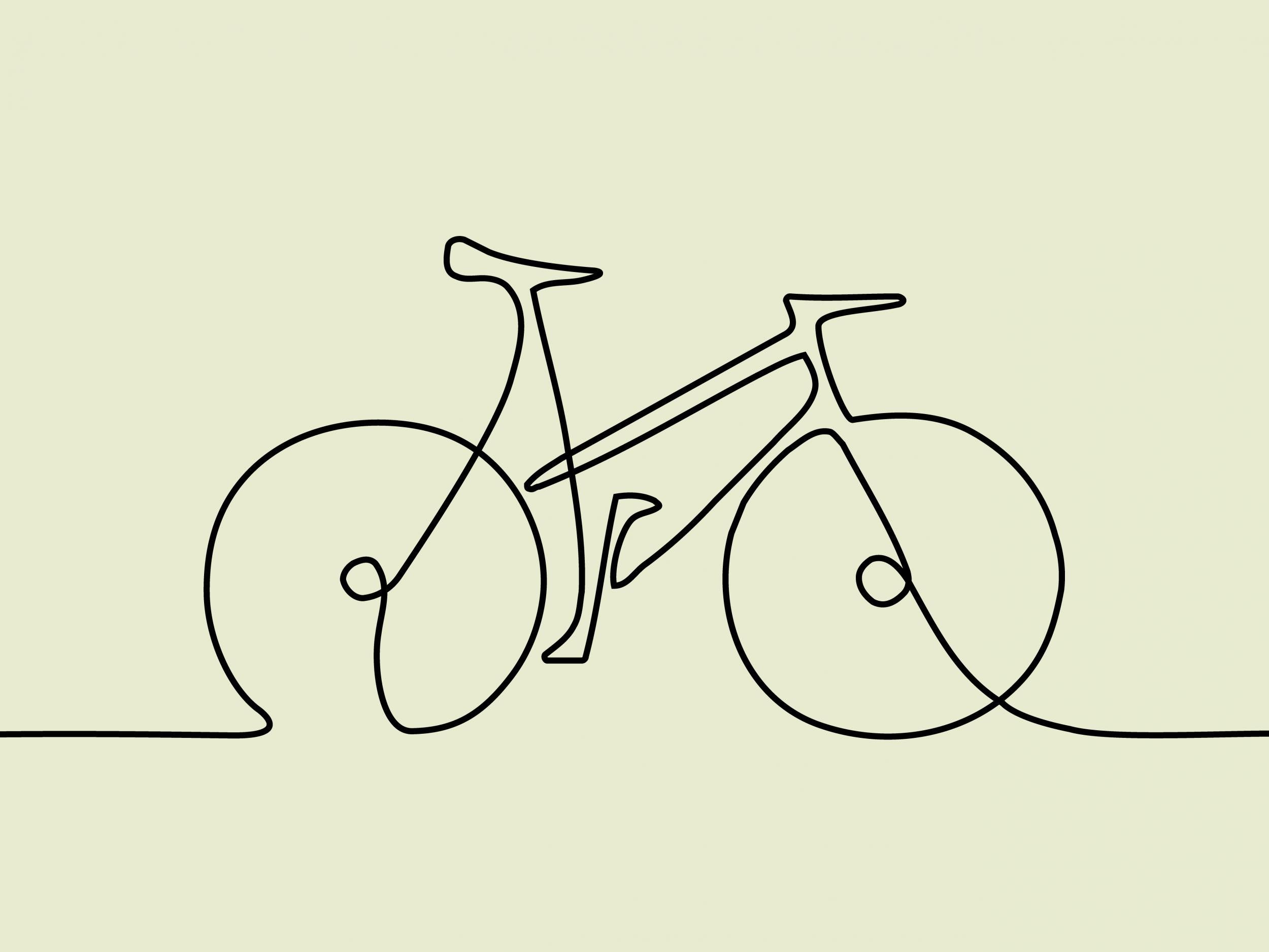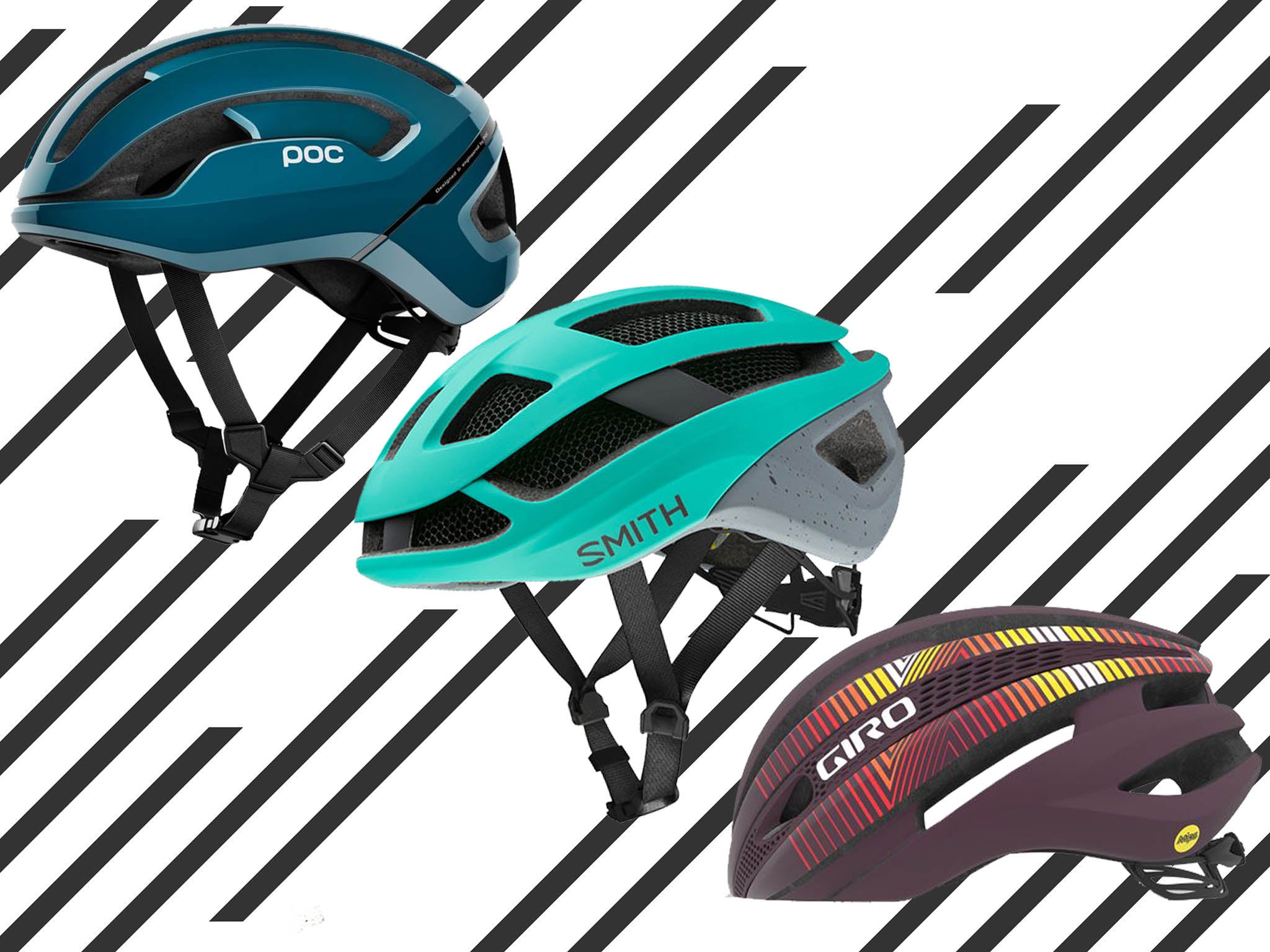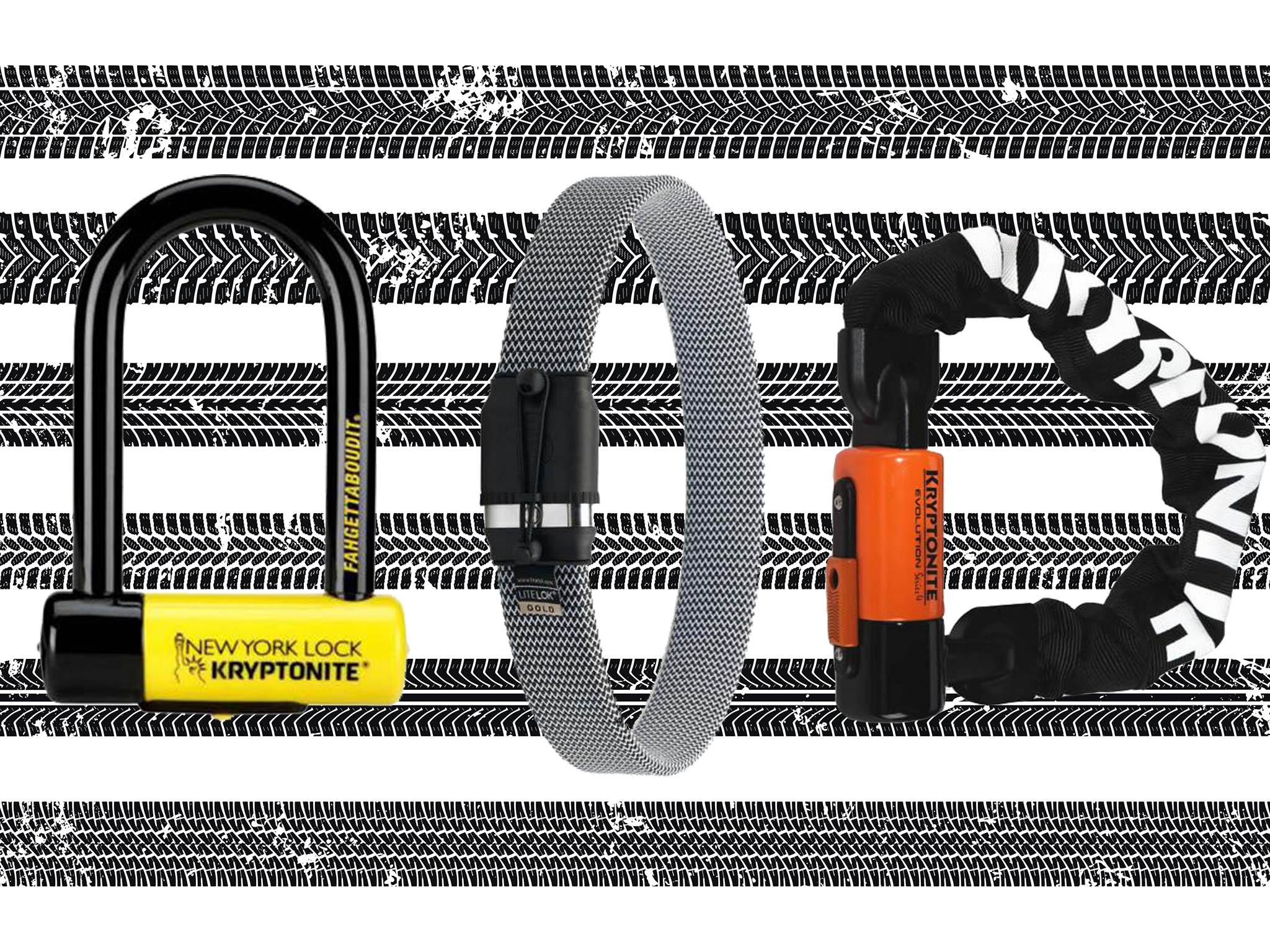Bike buying guide: Everything you need to know about frame sizes, saddles and accessories
Whether you're looking for a commuting bike or something for longer weekend rides, here's what to consider

Your support helps us to tell the story
From reproductive rights to climate change to Big Tech, The Independent is on the ground when the story is developing. Whether it's investigating the financials of Elon Musk's pro-Trump PAC or producing our latest documentary, 'The A Word', which shines a light on the American women fighting for reproductive rights, we know how important it is to parse out the facts from the messaging.
At such a critical moment in US history, we need reporters on the ground. Your donation allows us to keep sending journalists to speak to both sides of the story.
The Independent is trusted by Americans across the entire political spectrum. And unlike many other quality news outlets, we choose not to lock Americans out of our reporting and analysis with paywalls. We believe quality journalism should be available to everyone, paid for by those who can afford it.
Your support makes all the difference.Cycling is already popular, but now that the government is encouraging people to start biking in order to avoid public transport during the coronavirus outbreak, it’s set to become an even bigger part of people’s commute.
It’s also a great way to keep fit and to do your bit for the environment.
But there’s a baffling array of bike types out there – hybrids, folders, e-bikes…the choice can seem overwhelming.
Really keen riders will offer up excuses for having one of each type – but what about those of us who haven’t got bottomless pockets and a huge garage to house our collection?
Well, your ideal choice depends on your specific needs rather than your budget, and if you choose wisely you can find a great bike without spending a fortune. Read on for our guide on how to choose the best bike for you.
You can trust our independent reviews. We may earn commission from some of the retailers, but we never allow this to influence selections, which are formed from real-world testing and expert advice. This revenue helps us to fund journalism across The Independent.
Which type of bike is best for me?
Mountain bikes and full-on racers are good fun for enthusiasts, but if you are looking for a bike to ride to work, or are returning to cycling after time away, a hybrid bike is a great place to start. These popular models are somewhere between a road bike and a mountain bike.
They have larger wheels that roll well and they offer an upright riding position that should feel comfortable as you rack up the miles – it also makes it easier to keep an eye on the traffic around you. Hybrids make brilliant runabouts too if you just want a bike you can potter around the local park on as you try to keep up with the kids.
A decent design like Boardman’s HYB 8.6 (£500, Halfords) will accommodate mudguards and a rear rack to support panniers that you can load up with shopping or workwear and equipment. As they are usually a bit more sturdy than a regular racing bike, hybrids are also better suited to city streets. Swap the road tyres for treaded alternatives and you can also take them off-road too, maybe down forest tracks or along canal towpaths.
Many hybrid bikes use an alloy frame that should last you for years with no problems, but if your budget will stretch to it you can also find models with lighter carbon fibre frames and powerful hydraulic disc brakes that will offer extra stopping power in all weather conditions.
As they tend to use drivetrains derived from those on racing bikes – although usually with thumb shifters rather than the combined brake and gear shifters of racing bikes – you’ll find they offer a good spread of gear ratios that should cope with any commute. If you live somewhere flat, take a look at a single-speed model or one that dispenses with the front gear changer. You’ll save a bit of weight and the simplicity means there is less to go wrong, too.

The biking bug could bite hard once you’ve been riding to work for a few months. If you think you’re likely to want to ride a bit further afield on days off, there are excellent all-rounders out there that work well as everyday transport and weekend mile-munchers. Take a look at Ribble’s excellent CGR AL (from £1,399, Ribble Cycles) – it looks more like a traditional racing bike and will spin along faster than many hybrids. It’s also got disc brakes and you can fit mudguards – both of which will come into their own on the city streets.
If you are worried about getting to your destination all sweaty, or think you might struggle to keep up with your fellow riders, take a look at an e-bike. These use a built-in motor and battery to assist your efforts up to a speed of 15.5mph. At that point, the system stops working until your speed drops again. You don’t need a licence to ride one and the running costs will be tiny compared with a car. A decent e-bike can be found at around the £1,000 mark – such as the simple Carrera subway (£1,099, Halfords) with its 60-mile range and hydraulic brakes.
A bigger budget should buy you a lighter frame, better components, an even better range, and often a more refined motor that will feed in its power more smoothly. For around £2,900 you can pick up Specialized’s new turbo vado SL. It weighs in around 15kg, has a 80 mile range and its motor and battery are located down low on the frame to keep the handling nimble.
When storage space is at a premium at home or in the office, or your journey includes travelling by car, trains or trams, a folding bike will come into its own. These can vary from simple designs which hinge in the middle and are held in shape with a big clamp, through to clever carbon fibre models which unfold like elegant origami creations. Folders tend to have smaller wheels than other types of bike; they make them a little more susceptible to bumps and ruts on the road but are much more practical when you are trying to stow them away.
As with most things cycling-related, lighter and cleverer designs cost more, but for infrequent use you can pick up a decent folding bike from around £400. The Carrera intercity (£375, Halfords) is a great budget model, but pay a few hundred pounds more and you can pick up the classic Brompton bike. Prices for these start at £745 for the “bare bones” B75 model. Don’t forget there’s a huge secondhand market for these British-built machines, so they hold their value well.
Whatever type of bike you choose, make sure you look after it. Clean and lubricate the chain regularly – always after wet rides – and check your tyres for bits of glass or flint before they work their way into the rubber. If you have any safety concerns at all, especially regarding the brakes or steering, head to your local bike shop and get them checked out by a professional.
What size bike do I need?
All decent manufacturers and online stores will offer sizing guides to help you find your perfect steed – all you need to know is your height.
Setting your saddle height is a bit of a dark art, but a good starting point would be to sit down with your heel on the pedal – when the pedal crank is at the bottom of its stroke your leg should be fully extended.
You’ll want to fine-tune your position over the course of a few rides, either lowering or raising the seat, but make sure you move it no more than a millimetre at a time to avoid injury.
If you find your riding position is either too hunched or too stretched out, ask your local bike shop to check the length of your handlebar stem. Swapping is a straightforward and inexpensive job for a mechanic and can make riding more comfortable.
Shorter or less mobile riders might want to consider a step-through frame design such as those on a Dutch-style bike. They are a lot easier to get on and off, especially if you want to ride in ordinary clothes rather than stretchy Lycra.
How to choose a comfortable saddle
The saddles offered on mass-market bikes are usually pretty good, especially for those of us who just want to use our bikes for a commute of a few miles. But if yours is giving you trouble, don’t despair as it’s an easy fix.
You can find gender-specific designs, with women’s saddles tending to have a broader shape with extra padding. Manufacturers such as Specialized offer saddles in a range of widths.
To find out which saddle is for you, many experts advise sitting on a bit of cardboard and measuring between the dents left by your “sit bones”.
If you live in London you can even take advantage of the London Bike Kitchen’s innovative saddle library. It has an array of designs and widths, with a range of padding options and pressure-relieving cut out sections. For a small fee, you can try out a variety until you find the perfect fit.
What accessories will I need?
Don’t go too far without a mini-pump, spare inner tubes and a decent pair of tyre levers – you don’t want to be stranded miles from home the first time you run over a bit of glass. If you’re really worried about punctures it’s worth investing in a set of tougher tyres than those that will come with your off-the-peg bike. Take a look at Continental’s gatorskins if you want great protection from flats – these super-tough tyres have protective layers built into their construction to stop road debris making a hole in your innertubes.
Keeping your tyres pumped up can make a huge difference to the number of punctures you suffer, so it’s worth buying a track pump that you can leave at home to top them up every week. You can pay a fortune for a really fancy version with a digital pressure gauge, but you’ll find cheaper alternatives for around £15.
Although you’re not legally required to wear a cycling helmet on UK roads, we feel a lot safer with one on, especially in traffic. As with bikes, pick one that best meets your needs. If you’re hoping to whizz around on hot sunny days you’ll need a light and well ventilated one.
Commuters might want to pick a cheaper, sturdier design that will tolerate a few knocks and bumps. There are also some clever folding designs out there that you can squish down and stick in your bag when not riding. And if you’re riding an e-bike you won’t need as much ventilation you won’t be putting in so much effort. For more inspiration, read our review of the best road cycling helmets here.

If you’re venturing out at dusk or after dark, then lights aren’t just a must – they’re a legal requirement. In fact, many riders are now using lights in daylight to make them more visible. Modern lights use LEDs and tiny batteries that you can charge via micro-USB cables. Some, such as SeeSense’s excellent icon 2 (£89.99 for front and rear set, SeeSense) can even spot when you are braking for a road junction and will flash faster to warn other road users. We have tried out some of the best bike lights on the market here.
For those of us who need to use our bikes as workhorses as well as for fun, some form of luggage carrying ability is a must. This can be as simple as a suitable backpack, maybe with loops where you can fit a small LED light, or room for a rear luggage rack and pannier if you need to carry heavier loads. We’ve got some great ideas in our reviews of the best cycling bags here and the best panniers here.
Finally, don’t forget to invest in a sturdy bike lock to protect your new machine. It only takes a few seconds for a thief to disappear down the road on your pride and joy, and sadly, reports of bike theft have soared since the coronavirus crisis started. If you can afford it, try using a couple of different types of lock to deter thieves.
If you leave your bike at work or outside at home, think about buying a heavy chain and lock that you can leave in place and don’t have to lug around. For shorter journeys – perhaps nipping to the shops – a suitable cable or U-lock that you can slip on or off in seconds is a great buy.We’ve put plenty of bike lock designs to the test here.
Where to buy
It’s great to support your local bike shop, but online stores offer the widest range of bikes and cycling-related kit. You can buy bikes directly from manufacturers such as Ribble, Brompton and Specialized, but if you want to compare offerings from a range of makers head to sites such as Halfords, Wiggle and Tredz where you will also find accessories and cycling-specific clothing.
For more information, read our beginners guide to cycling here, our review of the best men's summer cycling jerseys here, the best women's reflective cycling jackets here and the best road cycling helmets here.
Voucher codes
For the latest discounts on cycling gear and other activewear offers, try the below links: